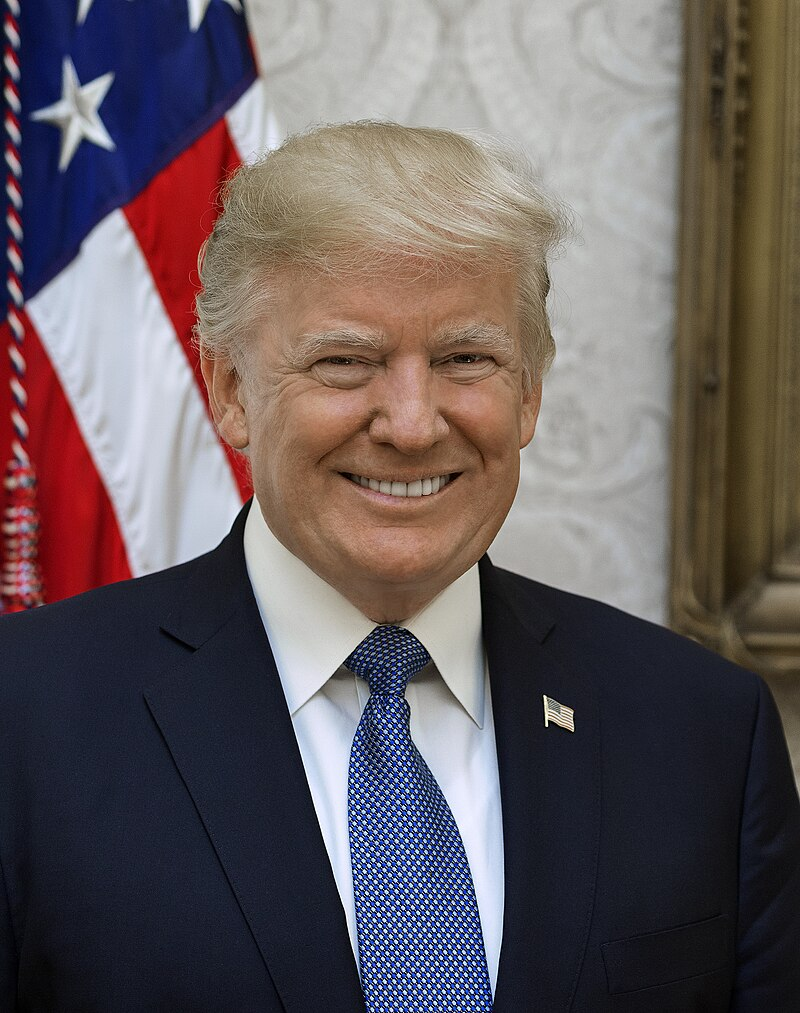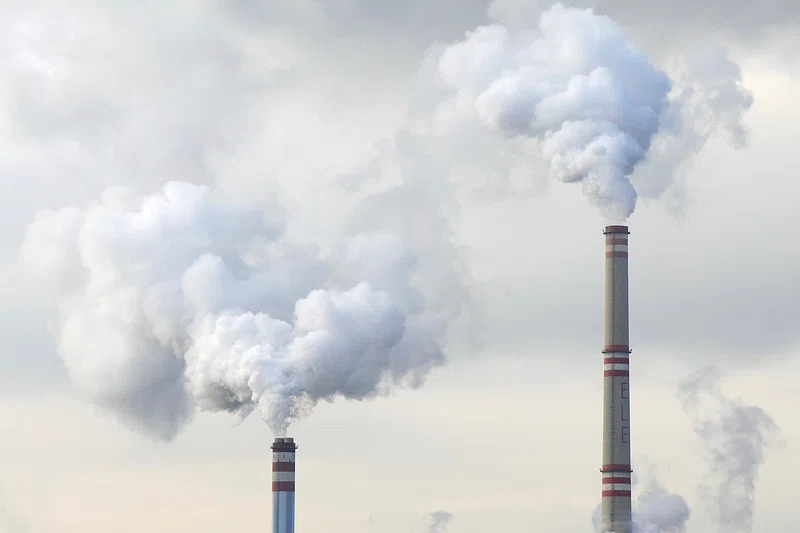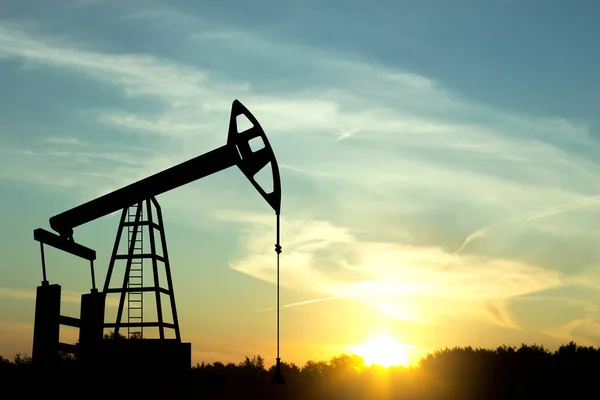
Sanctions are now no longer a diplomatic nicety, but an instrument of warfare. In moving to blacklist Rosneft and Lukoil, two of Russia’s top oil producers, the United States was making a dramatic turn in leveraging economic pressure on Moscow following deadly strikes in Ukraine that killed seven civilians. It was no policy adjustment; it was a deliberate dislocation of the Kremlin’s best-paying source of income.

For years, Washington weighed the need to punish Russia against a fear of destabilizing world energy supplies. That balance was suddenly upended. President Donald Trump’s decision to sanction Russia’s oil industry directly ditched previous restraint, pairing economic action with the urgency of battlefield imperatives. The action shook through oil markets, diplomatic circles, and enforcement apparatuses, staging a high-stakes dance of geopolitics, law, and energy security

1. The Strategic Target: Rosneft and Lukoil
Rosneft PJSC, the government behemoth controlled by Igor Sechin, and Lukoil PJSC, a private firm, collectively account for close to half of Russia’s raw oil exports. Oil and gas supply tax revenues fund approximately a quarter of Russia’s federal budget, placing these firms squarely in the middle of the action bankrolling militaristic forays. By blacklisting them, the US Treasury Department struck at the Kremlin’s financial jugular. The sanctions were justified on the basis of “Russia’s lack of serious commitment to a peace process,” an overt indication that Washington sees energy revenue as being inescapably bound up with war financing. The targets were chosen with precision. Rosneft’s political connections and Lukoil’s market access provide that constraints on their activities transmit through global supply chains. The price of oil responded with enthusiasm, with Brent crude rising more than 3% to trade above $64 a barrel, demonstrating how sanctions on these large producers are able to shock markets.

2. A Policy U-Turn in Washington
For months, President Trump dithered to approve major sanctions, including meeting with Vladimir Putin without any meaningful progress to end the war. His previous approach was duplicative of Western initiatives such as the Group-of-Seven cap on the price of oil, aimed at curtailing Russian revenue without reducing production. The August 8 deadline he prescribed for a ceasefire passed with nothing accomplished, but the recent Ukrainian attacks changed the math. “I just thought it was time,” Trump said at an Oval Office session with NATO Secretary General Mark Rutte. The unexpected action was a risk placing domestic gas station price increases in jeopardy while betting economic suffering could persuade Moscow to the negotiating table.

3. Oil Revenue as a War Engine
Russia earned an estimated $440 billion in fossil fuel exports since it started its all-out invasion. The Kremlin has utilized the funds to finance ramped-up weapons production and finance ongoing campaigns. The Centre for Research on Energy and Clean Air (CREA) calls fossil fuel exports “a key enabler of Russia’s military buildup and brutal aggression.”. Along with battlefield effects, dominance of energy resources enables Moscow to apply economic pressure on customers, managing prices and supply to shape foreign policy results.

4. Enforcement Mechanisms: OFAC and DOJ
Sanctions are usually issued by the US Department of the Treasury’s Office of Foreign Assets Control (OFAC) and enforced strictly on a liability basis no intent to violate is required. The civil penalties are the maximum $377,700 per transaction, reduced to half if the violation is voluntarily disclosed. The Department of Justice (DOJ) prosecutes criminal offenses with the maximum $1 million in fines and up to 20 years imprisonment for wilful offenses. Recent enforcement trends involve targeting cryptocurrency payments, piercing corporate veil, and restricting third-country transshipment rackets. The 2023 $968.6 million settlement with Binance emphasized the scope of potential sanctions when sanctions breaches meet global finance.

5. Plugging Loopholes: Price Cap and Shadow Fleet
The $60-a-barrel cap on Russian oil aimed to curb revenue without cutting supplies. But evasion spread. Russia avoided the limitation by employing a “shadow fleet” of uninsured ships, selling most crude beyond G7/EU oversight. Soaring oil prices drove Urals crude to almost $100 a barrel, eroding the cap’s purpose. They suggest reducing the cap to $30, increasing penalties, and intensifying monitoring i.e., mandating full insurance disclosure to dissuade evasion and reduce Kremlin revenues.

6. LNG Expansion Threats
While pipeline gas exports to the EU have decreased, exports of Russian Liquefied Natural Gas (LNG) are 26% higher since the invasion. Investments such as Arctic LNG 2, with a capacity of 19 million tonnes per annum planned, risk entangling Moscow in future cash flow. Novatek expects to achieve full production capacity by 2026, which has been described as a direct threat to the energy security of the EU. Experts are calling for a straight ban of Russian LNG imports at EU terminals and sanctions on firms associated with LNG growth, highlighting a US move against Arctic LNG 2.

7. The Global Energy Market Impact
Sanctions on large oil producers always filter out into world markets. The instant Brent crude price increase was a reaction to shock at supply loss, but longer-term consequences will hinge on how quickly the substitutes can plug in the hole. America’s wager is based on the assumption that laser-guided sanctions can sap Russia of its energy without triggering a sustained price run-up.
But the interdependence of energy commerce requires to be preceded by enforcement with coordinated international response cutting off finance sources without harming market stability.

Sanctions on Lukoil and Rosneft are punitive, but also a strategic blow to the nerve center of Russia’s war economy. By combining targeted sanctions and enforcement clout, Washington believes it can eviscerate the Kremlin’s ability to fight war without destabilizing world energy markets. Whether this bet would pay off would depend on plugging loopholes, maintaining diplomatic pressure, and aligning economic tools with geopolitical ends.


